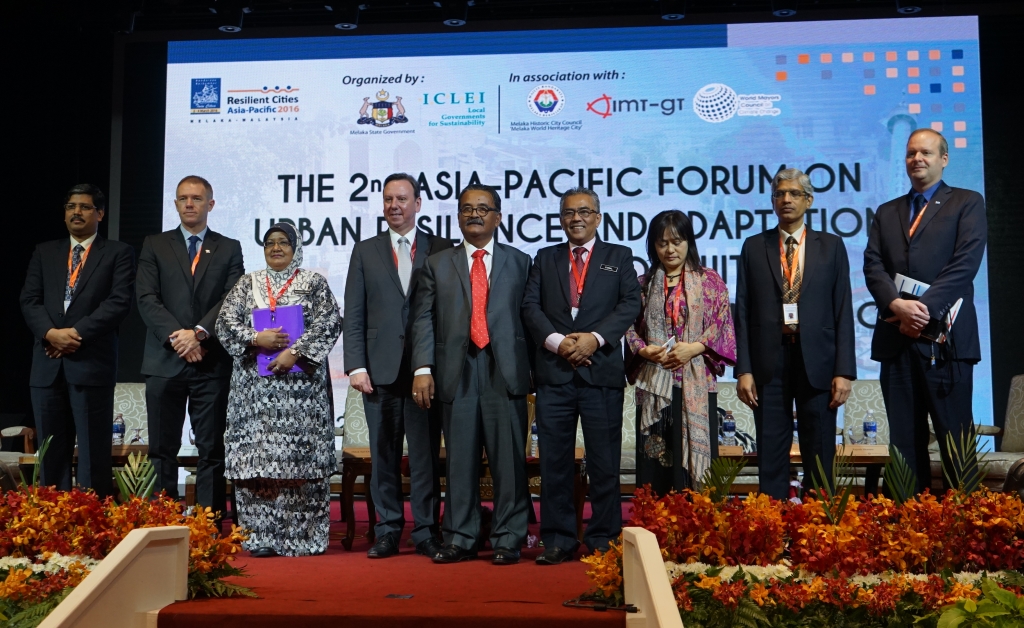A1: “Selecting the Spicy Indicators”
This post is part of our live blog series from the Resilient Cities 2015 congress. For more live blogs, please click here.
How can data best be used? What are the limits of standards? A workshop on the new ISO 37120 raised a number of fascinating questions on the first day of Resilient Cities 2015.
Jerry Velasquez pointed out that, where once cities would sign up to standards to gain political capital and please voters, they now want direct guidance on adaptation actions. The question now is: do international standards provide such tangible benefits?
One issue is the different levels of development of cities. In Dakar, Senegal, for example, it may be important to develop a baseline and to ensure that the definition of resilience used in the standards is in fact relevant. However, panelists also felt that the standards could usefully measure how well cities are reporting their progress, rather than measuring an objective level of progress when compared to other cities. Cities that were measuring and reporting well would thus be candidates for further investment.
It would also be possible to pick and choose from a menu of indicators; as Jerry Velasquez put it:
If you like spicy food, you select the spicy indicators!
A related danger is that developing cities will attempt to meet standards that are not directly relevant to their challenges or risks. They are rewarded for these efforts by the international community, but nothing is really achieved.
Communication was seen as a key issue by all participants. While data may be useful, its usefulness and the nuances of international standards are often difficult to communicate to city officials. Joseph Wladkowski of ICLEI suggested that ICLEI’s networks might help cities to recognize the value of data by learning from the experiences of other cities. However, it is important not to assume that information will flow from megacities to developing cities. In many instances, developed cities can learn from their developing counterparts, as in the case of New Orleans in the aftermath of Hurricane Sandy.
Finally, we should bear in mind the temporal gaps in standards. Certain Chinese cities, for example, are transitioning from industrial models and facing challenges similar to those faced by some European cities 20 years previously. These cities are, from this perspective, highly comparable and can learn from each other. Yet they would have little in common when measured according to an international standard.






